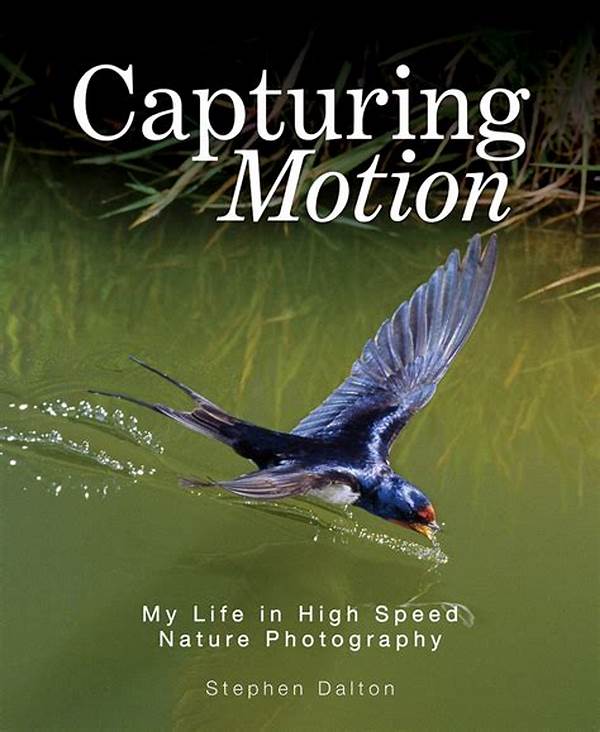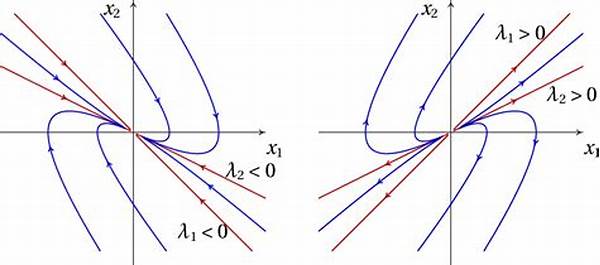Hey there, fellow photography enthusiasts! If you’re anything like me, you get a real kick out of snapping the perfect shot. But when it comes to capturing animals in motion, it can feel like we’re trying to photograph lightning! The good news is that there are some nifty tricks and techniques out there to help you capture those thrilling, dynamic shots of your favorite furry (or scaly or feathered) friends on the move. So, grab your camera and let’s dive into the magical world of animal motion photography!
Read Now : Crafting Lines For Audience Interaction
Understanding Animal Behavior
Alright, here’s the first scoop on our journey to mastering techniques for capturing animal motion. Before you even lift your camera, it’s vital to spend some time understanding your subject’s behavior. Observing animals in their natural habitat can provide insight into their movement patterns and habits. By predicting when they’ll leap, fly, or sprint, you’ll be better positioned to snap that perfect shot.
For instance, birds often give subtle cues before taking flight, like fluffing their feathers or making a particular call. With a little patience and timing, you can anticipate their next move. It’s like becoming an animal detective, and trust me, it’s both rewarding and fun! So, channel your inner nature geek and observe, learn, and take notes. This understanding will not only enhance your timing but also elevate your appreciation of the animal world—making capturing those action shots all the more satisfying.
Another tip? Spend time at zoos, sanctuaries, or local parks where animals roam freely but are still somewhat predictable. This can serve as a practical training ground. Get familiar with different species and their unique movements. All in all, understanding animal behavior is the foundation of mastering techniques for capturing animal motion. It’s all about being prepared for that split-second moment when they decide to do something extraordinary!
Essential Equipment You Need
1. Fast Shutter Speed: Essential for freezing those rapid movements.
2. Telephoto Lens: Get closer to the action without disturbing the wildlife.
3. Tripod or Monopod: Keep those shots stable, especially with heavier lenses.
4. Burst Mode: Capture a series of shots quickly—perfect for unpredictable movement.
5. High ISO Setting: Useful for low-light conditions, but watch for noise.
6. Weather Protection: Rain or shine, have covers ready to protect your gear.
7. Silent Mode: Keep your presence discreet in the wilderness.
8. Lightweight Backpack: To haul gear without tiring yourself out.
9. Extra Batteries: Ensure you never miss a shot due to a dead battery.
10. Memory Cards: Plenty of space for those continuous burst shots.
Mastering the Art of Patience
Let’s talk patience—the unsung hero among the techniques for capturing animal motion. When you’re out in the wild, patience can be your best ally. You see, animals aren’t actors on cue, and the unpredictable nature of wildlife means you might be waiting a while for that epic shot.
But here’s a little secret: waiting isn’t wasted time. It’s an opportunity to immerse yourself in the environment and become more attuned to the rhythm of nature. Listen to the sounds, feel the breeze, and let the tranquility seep into your soul. Embracing this mindset not only sharpens your concentration but also rewards you with a deeper connection to nature.
As you sit there, camouflaged and camera-ready, remember that it’s not just about the outcome (though that heart-stopping shot is the goal!). Sometimes, the journey itself, filled with anticipation and silent whispers of nature, can be just as fulfilling. So, pour yourself a thermos of tea or coffee, sit back, and let the wild world unfold around you.
Common Mistakes to Avoid
1. Ignoring Light Conditions: Proper lighting is crucial. Understand the golden hours.
2. Overlooking Composition: Even with motion, balance in your frame matters.
3. Getting Too Close: Respect animal space, and use your lens to bridge the gap.
Read Now : “leading Lines Composition Tips”
4. Lack of Practice: Practice on moving objects at home first!
5. Not Being Prepared: Always be camera-ready; animals can move unexpectedly.
6. Focusing on One Spot: Be ready to pivot as animals can change direction swiftly.
7. Using Flash: It can startle animals; rely on natural light instead.
8. Forgetting the Background: Ensure the background complements the subject.
9. Neglecting Post-Processing: Subtle edits can enhance a good photo greatly.
10. Rushing Shots: Take your time to ensure the shot is clear and well-framed.
Challenges in Capturing Motion
When talking about techniques for capturing animal motion, we can’t skip the challenges that come with it. First off, animals are like those unpredictable friends who change plans at the last minute, and nature doesn’t take reshoots. So you’ve got to be nimble and ready to adjust on the fly. It’s all about adaptability here!
Then, there’s that moment when you’re juggling with your equipment in the face of dynamic movement. You’re up against fast shutter speeds, perfect focus, and the dilemma of composition—all while maintaining respect for the creatures you’re observing. Sometimes the lighting isn’t your friend, and sometimes, Mother Nature has her own plans, introducing unwelcomed rain or (eek!) an unexpected wild surprise.
But hey, who said adventure was easy? You’re out there, feeling the pulse of the earth under your feet, with not just a camera, but an explorer’s enthusiasm. Embrace the challenge, because every obstacle faced is an opportunity to learn and up your game. After all, perfecting techniques for capturing animal motion isn’t just about great snaps—it’s about the journey of becoming in tune with the wild dance of nature.
Balancing Patience with Action
Alright, let’s break it down. When you’re out there trying to nail techniques for capturing animal motion, it’s all about finding the sweet spot between waiting it out and seizing that quick moment. You’ve got to dance with nature’s timing, which means sometimes chillin’ and waiting for that bam-wow moment to happen. It’s like fishing, but for eye-popping snaps.
You might spend a chunk of time just waiting for a squirrel to get its groove on or a bird to hit those skies. And when it does, you gotta be like a ninja with that camera, ready to shoot. It’s all about keeping your calm and yet being a hawk-eyed pro ready to capture those precious moments when they unfold.
So next time you’re out in the wild, maybe pack a comfy cushion, a snack, and keep your finger close to that shutter button. This balance between patience and action is pretty much zen, and it’s key when fleshing out your techniques for capturing animal motion. It’s a rush, a challenge, and hey, a great way to soak in the wonders of nature while honing those pro photog skills!
Wrapping It Up
In wrapping this up, understanding and mastering techniques for capturing animal motion is a journey well worth your time and effort. From knowing your subjects to equipping yourself with the right gear, this is a passionate pursuit that invites you to step into the wild world of creativity and exploration.
So, get out there, fellow photographers, and dive headfirst into the untamed beauty of animal behavior and motion. Keep refining your skills, learning from every photograph, and finding that unique perspective that speaks to you. Whether you’re capturing a lion’s leap or a butterfly’s gentle flutter, there’s a rewarding story behind every shot you take.
As you embark on this adventure, remember: patience, preparation, and a sprinkle of creativity are the ingredients for success. Before you know it, you’ll be snapping shots that not only capture the motion but also the soul of the animal kingdom. So gear up, and let your lens unveil the wonders that await in the great outdoors!



